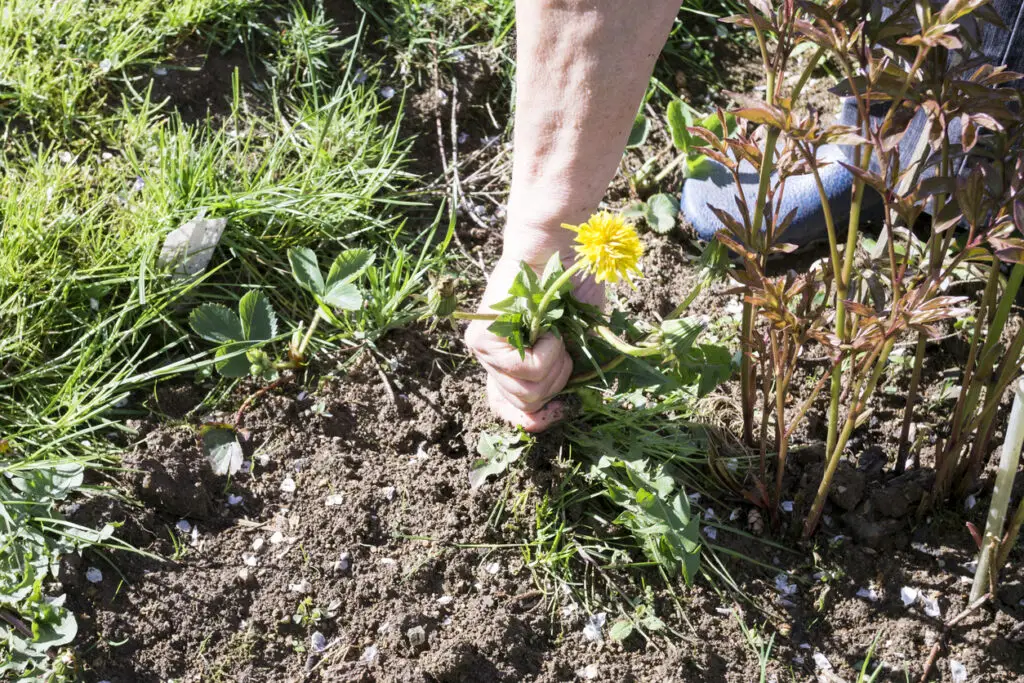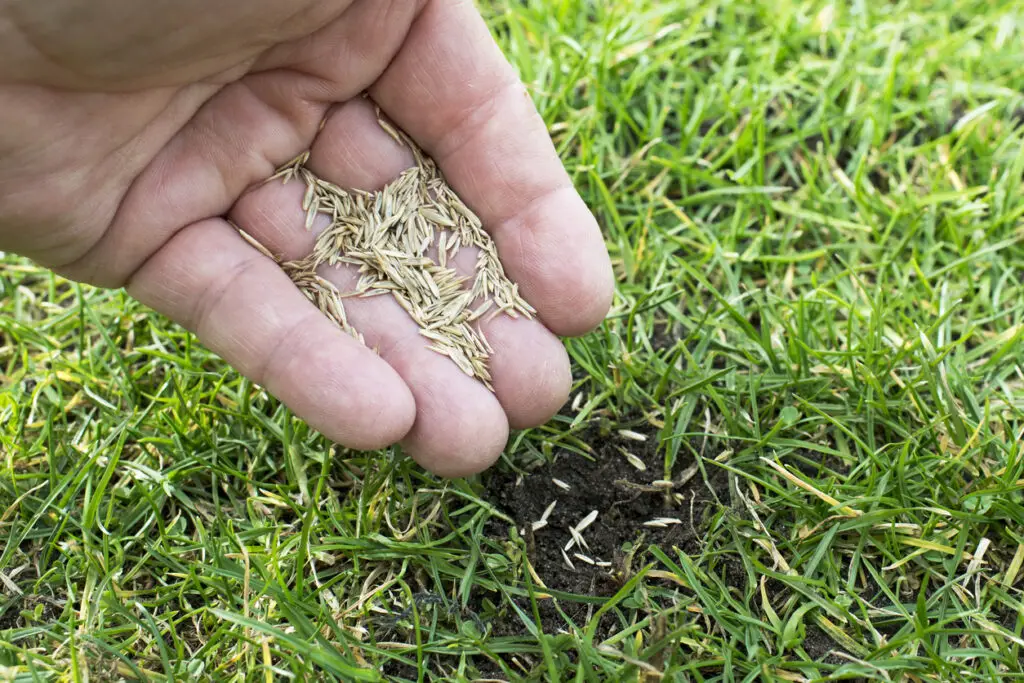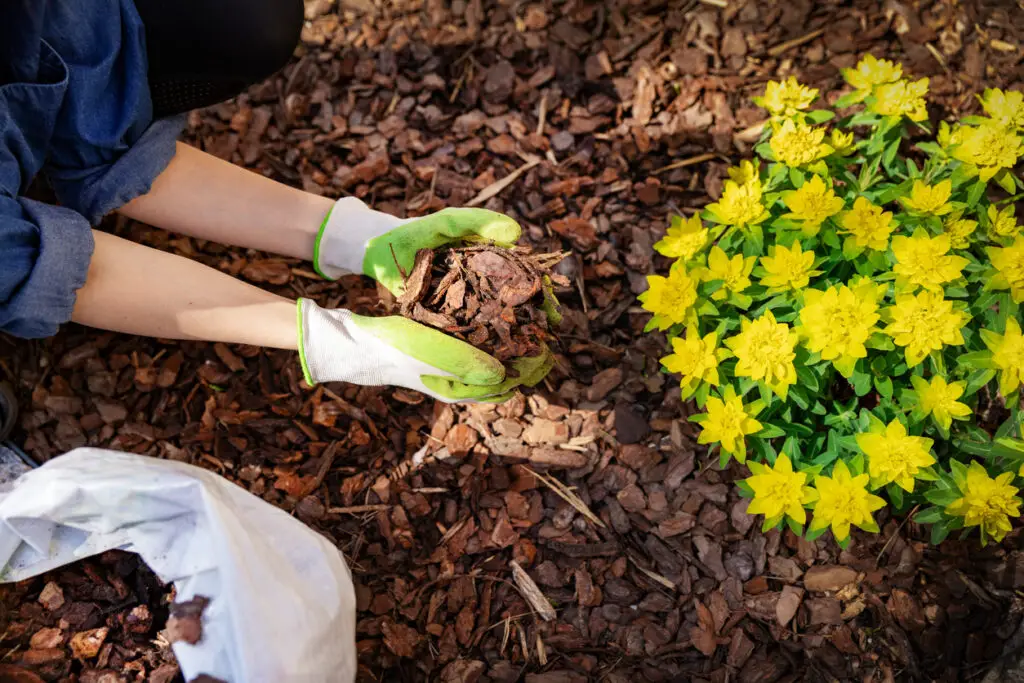1. Use a Pre-Emergent Herbicide

Applying a pre-emergent herbicide in early spring can prevent crabgrass seeds from germinating. Look for a product that’s formulated to tackle both crabgrass and clover, applying it when soil temperatures hit about 55°F to block weeds before they sprout.
2. Hand Pull the Weeds

For smaller areas, hand-pulling can be very effective. Get to the root of the problem—literally—by pulling weeds when the soil is damp. Clover has a taproot system, so a gentle tug from the base should lift it out, while crabgrass can be uprooted by loosening the soil around it.
3. Apply a Post-Emergent Weed Killer

If you already see crabgrass or clover growing, a post-emergent weed killer can be a lifesaver. Choose a targeted product safe for your grass type and apply it on a calm day to avoid spreading it to healthy plants.
4. Mow Your Lawn at the Right Height

Crabgrass and clover thrive in low-cut lawns. Set your mower to a higher height, as taller grass blocks sunlight from reaching weed seedlings. For most lawns, a height of 3-4 inches helps crowd out these aggressive invaders.
5. Add Lawn Fertilizer Regularly

Clover thrives in low-nitrogen soil, so applying a nitrogen-rich fertilizer can help make your lawn less inviting to clover. Regular feeding also strengthens your lawn’s roots, allowing the grass to outcompete weeds.
6. Overseed Bare Spots

Bare patches are prime spots for weeds to take hold. Overseeding these areas with grass seed in early spring or fall helps establish a dense lawn that resists both crabgrass and clover.
7. Water Your Lawn Properly

Both crabgrass and clover can tolerate dry soil better than most grasses. Water deeply and infrequently to encourage deep grass roots, which helps lawns resist weeds while avoiding shallow watering that supports weeds.
8. Adjust Soil pH

If your lawn’s soil is too acidic, clover will happily take over. Test your soil pH and adjust it to the ideal range (between 6.0 and 7.0) by adding lime if necessary. This creates an environment where grass flourishes, keeping weeds at bay.
9. Use Corn Gluten Meal as a Natural Preventative

Corn gluten meal is an organic option that can prevent crabgrass and clover seeds from sprouting. Spread it in early spring, as you would with other pre-emergents, to naturally inhibit weed growth.
10. Avoid Cutting Grass Too Short

Short lawns create space for weeds to take over. Instead, let your lawn grow thicker and healthier by leaving it a bit longer. Taller grass provides shade to the soil, making it harder for crabgrass and clover to thrive.
11. Aerate Your Lawn Annually

Compacted soil can weaken grass roots, creating openings for crabgrass and clover. Use a core aerator once a year to loosen the soil and encourage stronger, more resilient grass roots that crowd out weeds.
12. Mulch Around Garden Beds and Walkways

Weeds often spread from bare patches around the lawn. By adding mulch around garden beds and walkways, you create a barrier that reduces weed spread and helps keep your lawn free from invading crabgrass and clover.
